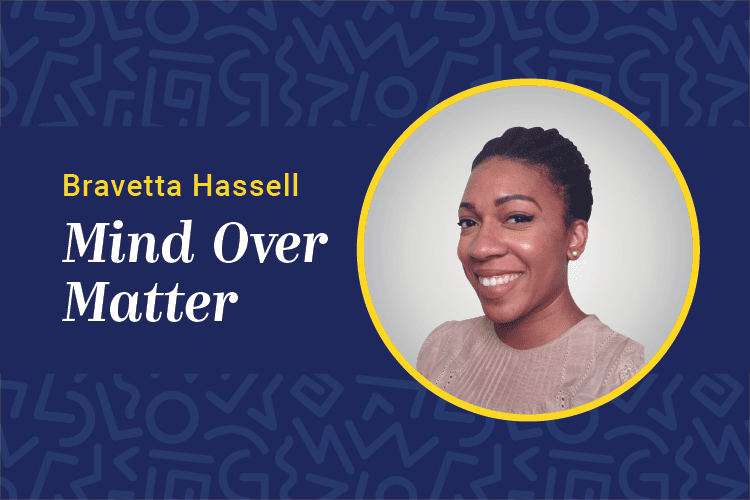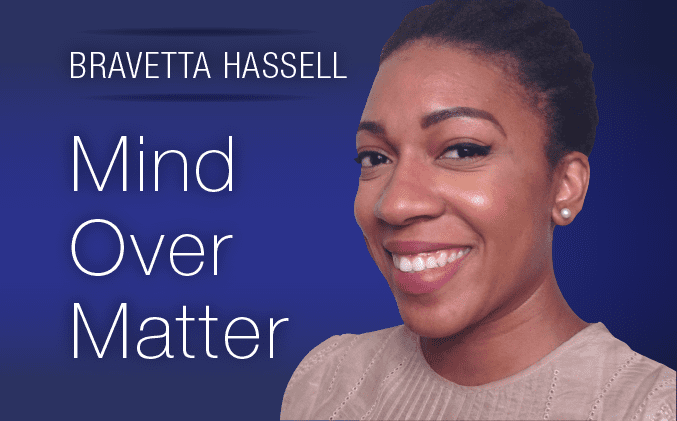
When I read Ruth Whippman’s critique on the current mindfulness revolution—its urging that we to be in the moment—it was 3 a.m. I wasn’t quite there. But at a more reasonable hour — and level of consciousness — I considered Whippman’s opinion, which ran Nov. 26 in The New York Times.
In her piece, the “America the Anxious” author argues that despite our current preoccupation with mindfulness — everyone from spiritual leaders to human resources offices and the U.S. Marine Corps are buying into its virtues — maybe the practice shouldn’t be celebrated as the sole or most effective mental health healing balm.
For one, Whippman writes that what evidence there is to support the efficacy of mindfulness is “underwhelming.” She cites a meta-analysis of more than 18,000 separate studies on meditation and mindfulness techniques, conducted by the Agency for Healthcare Research and Quality. While some of the studies showed mindfulness meditation had some small benefit on people when compared with doing nothing, when compared with things like exercise and muscle relaxation or listening to spiritual audiotapes, it did no better, “and in many cases, worse.”
Second, she wrote that the practice, in a word, trivializes very real and pressing issues that are part of the human experience and can’t simply be “thought away.” Take, for instance, mindfulness classes conducted in under-resourced schools. That doesn’t change the factors driving the education inequality students in those schools have to deal with.
Third, as romantic as it sounds to quiet all the noise in one’s head, the journey to get to that peaceful place is actually work in itself, perhaps easier for those “for whom a given moment is more likely to be “sun-dappled yoga pose” than “hour 11 manning the fat fryer.”
“It’s a special circle of self-improvement hell, striving not just for a Pinterest-worthy home, but a Pinterest-worthy mind,” Whippman observed of her attempt to mindfully do the dishes before her brain shifted to the president-elect.
Finally, there is something to be said for not trying to be in the moment all the time. There is value in not spending great energy not thinking about things from the past or in the future, the real or abstract, Whippman writes. “Surely one of the most magnificent feats of the human brain is its ability to hold past, present and future and their imagined alternatives in constant parallel.”
Animals can’t step out of the now, the author argues, nor can they draw on those other places — so to speak — to assign context and meaning. “Our happiness does not come so much from our experiences themselves, but from the stories we tell ourselves that make them matter,” she writes. That got me thinking about another article, which speaks directly to the workplace and what’s happening in it to promote employee happiness and ultimately drive business performance.
In it, leaders at The Energy Project suggest that employees are more satisfied and productive when four of their core needs are met: physical, emotional, mental and spiritual. That means employees have opportunities to recharge at work, they are valued and appreciated for their contributions, they get to truly focus on their most important tasks, and define when and where they get their work done. Spiritually, employees feel supported in doing more of what they do best and feel their role matters to the bigger picture.
Considering mindfulness’ ability to reduce stress, boost working memory, improve cognitive flexibility, improve intuition, self-insight and regulate fear — all beneficial to workers — I can see the value of mindfulness training for the workforce. But to Whippman’s point, relying on it heavily or exclusively to address problems in our problem-filled world is, well, problematic.
You can put a saucepan under a hole in the ceiling to catch leaking water all you want to, but that doesn’t make the hole go away. Until leaders, including learning leaders, develop meaningful, long-term and multidimensional employee engagement strategies that address the source of low engagement, implementing tactics like mindfulness training will be like that saucepan — catching water but little more.
Bravetta Hassell is a Chief Learning Officer associate editor. To comment, email editor@CLOmedia.com.












